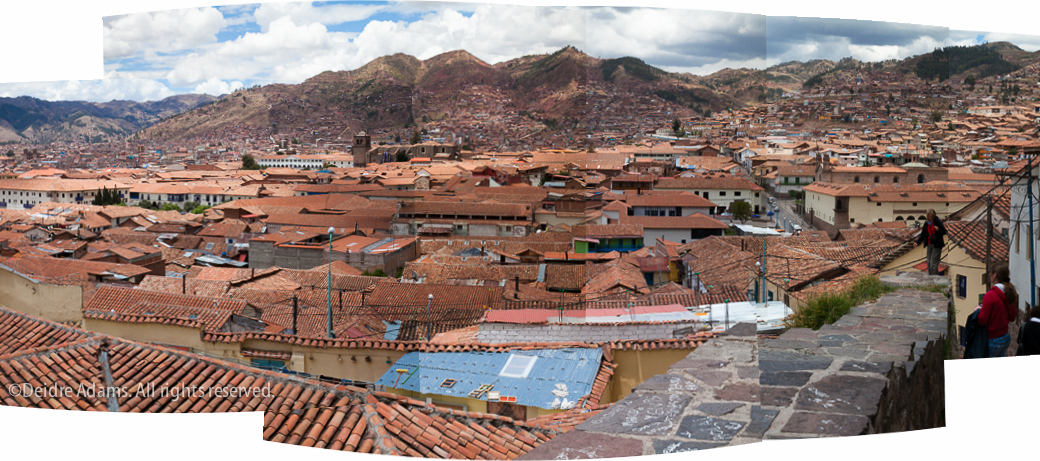
I must apologize for the big gap in posting. Not that it’s any excuse, but I took so many pictures in Cusco that in sorting through them, I completely lost the ability to edit and became somewhat immobilized. The last couple of months, I’ve been spending every available minute in the studio and have a lot of new work to show, but I still want to talk about a few more Peru topics because this trip made such a big impression on me.
Cusco is such an interesting place, I could easily spend a couple of weeks just there. The architecture is a mix of Spanish colonial and the solid, surprisingly modern looking blockiness of Inca stonework. Cusco was the capital of the Inca Empire from about the 13th century until the Spanish conquest in the 1530s. (Lest you feel too sorry for the Incas, though, note that they built their own empire through the conquest of others who were there before them, a time-honored tradition throughout the history of mankind.) The Spanish destroyed many of the Inca buildings, but because the cut stone architecture was so well built, they kept the foundations of many of them and built their own structures on top of them.
The Spaniards destroyed the Coricancha (Temple of the Sun), once the most important temples in the Inca Empire, whose walls and floors were once covered in gold. They used the foundation to build their Church and Convent of Santo Domingo.
Although many theories have been proposed, we don’t know exactly how the precise cutting and fitting of the stones was done. We do know that it was a painstaking process, and the results were walls with such perfect joins that no mortar was necessary, and famously, the stones are “so closely fitted that a knife blade cannot be jammed between them.” (Inka Architecture.) Examples of this stonework are ubiquitous in Cusco, and more fine examples can be seen at the nearby Sacsayhuaman complex.
 César explains the history of the Inca stonework
César explains the history of the Inca stonework
Other attractions in Cusco include many fine restaurants, museums, and plenty of shops for the tourists. For a shopping experience with more of a local flavor, the San Pedro Market offers an abundance of goods that are a feast for the eyes as well as the stomach. We visited early in the morning, before it was officially open. Things were quiet, and many of the vendors seemed to be trying to catch a last little snippet of sleep before the onslaught of shoppers.

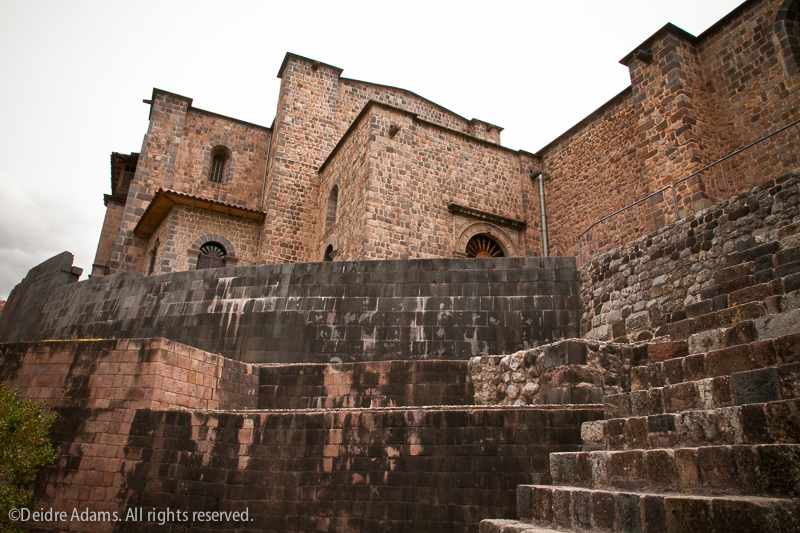

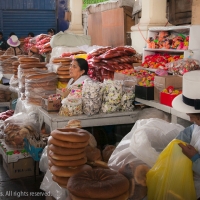
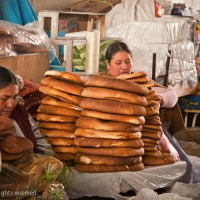
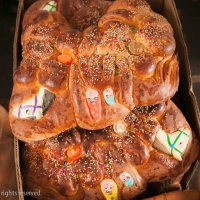
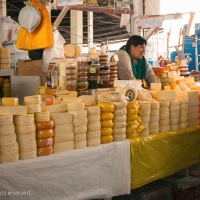
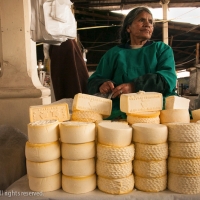
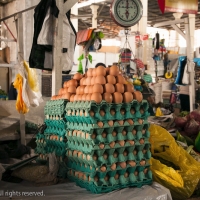
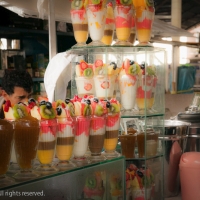
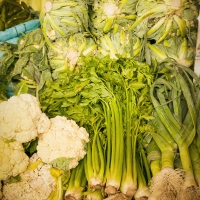
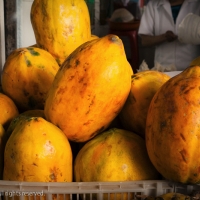
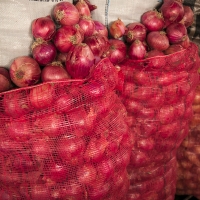
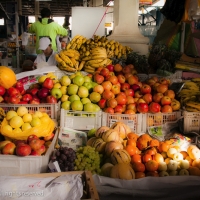



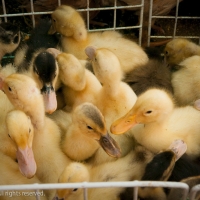
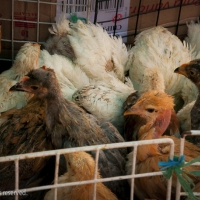
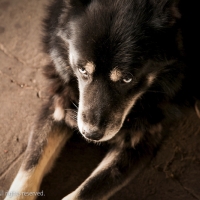
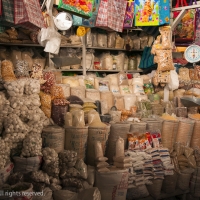

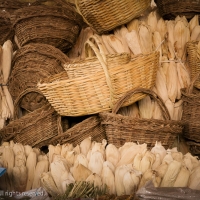
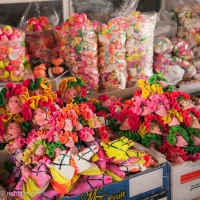
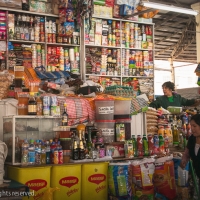
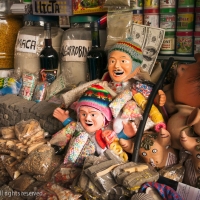

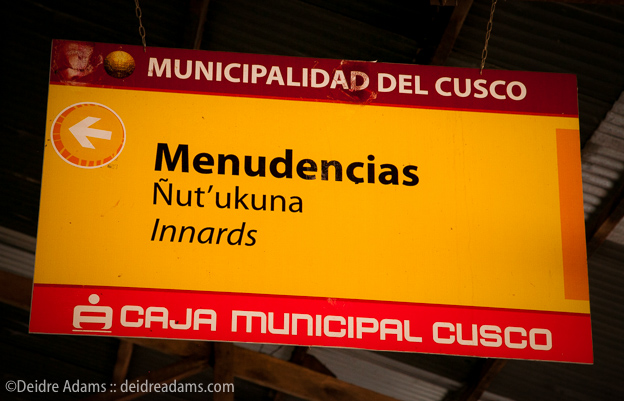
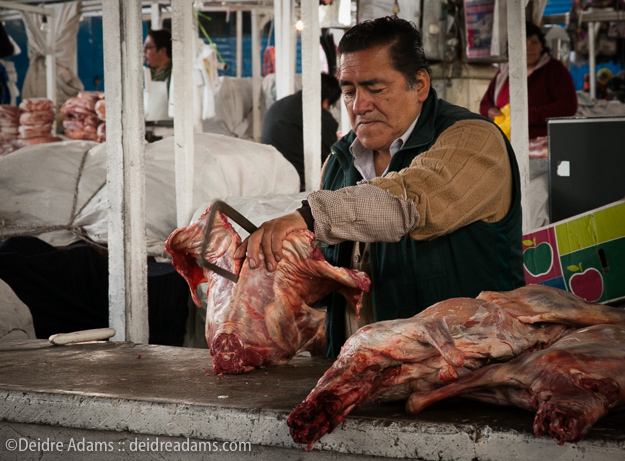

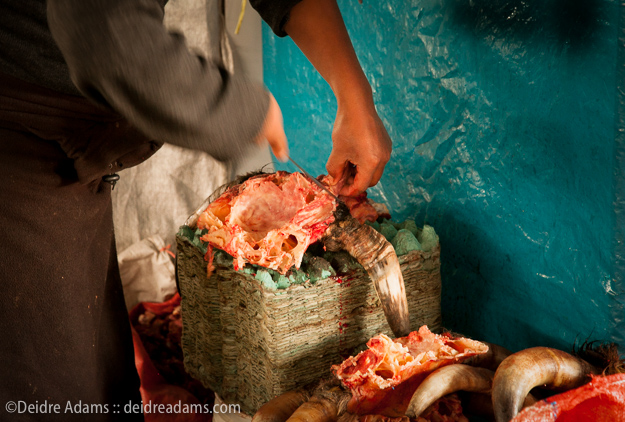
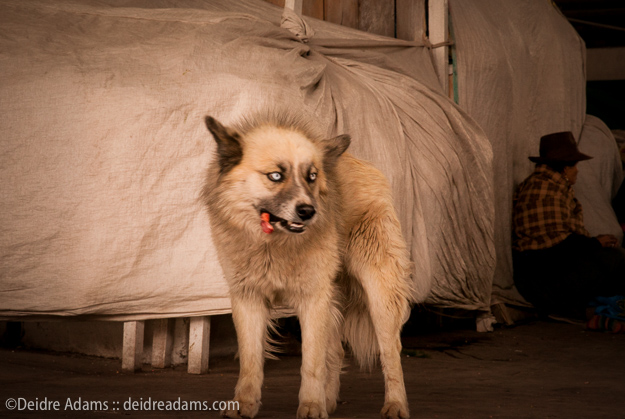
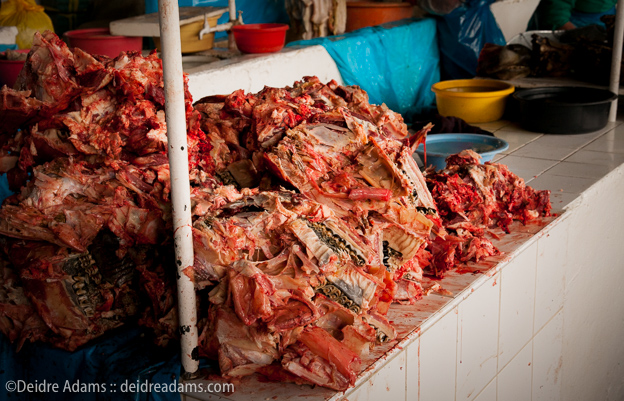
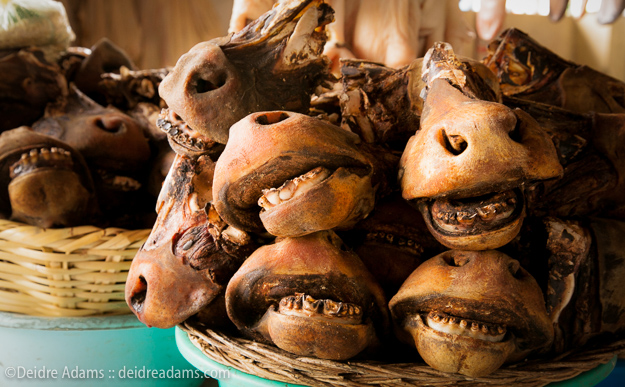
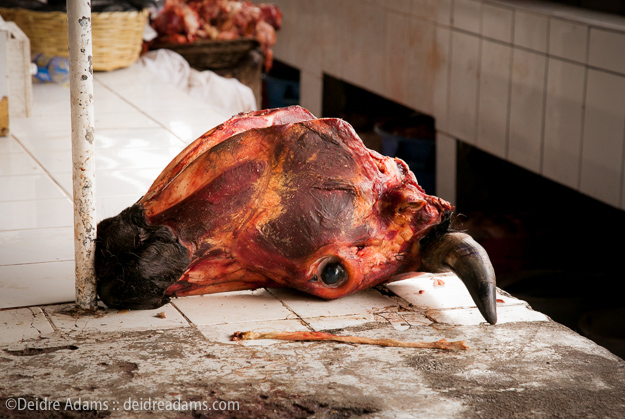


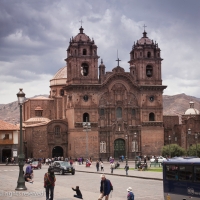
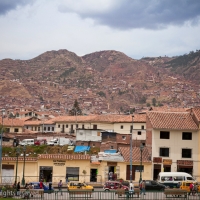
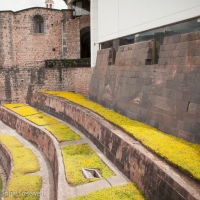
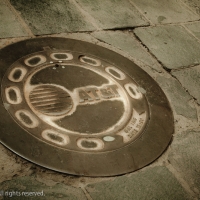

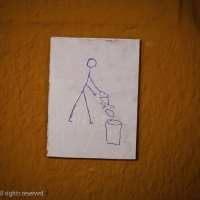

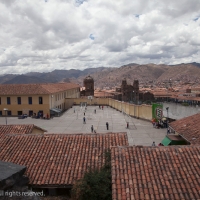
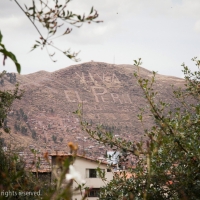
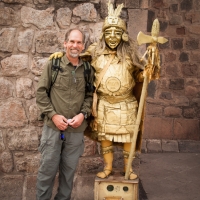
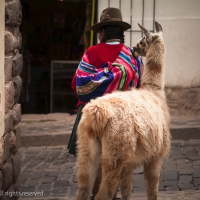




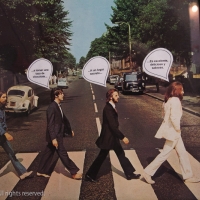
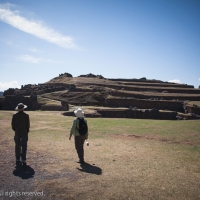


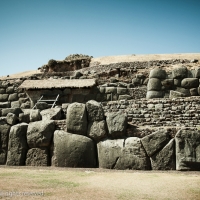
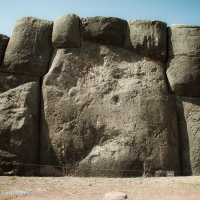
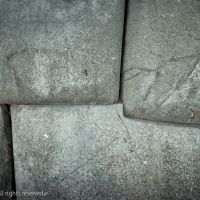

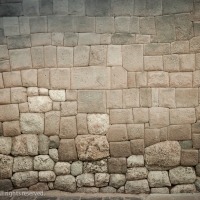
Wonderful photos. My son and family lived in Lima for four years and he traveled for his work within Peru. We visited twice–once to Macchu pichu and lots of time in Lima and the other time to the Amazon through Iquitos. Fantastic country, friendly people outside of Lima. Think of the works you will do with this inspiration.
Thanks, Judy. Yes, it certainly was inspirational. So much to take in!